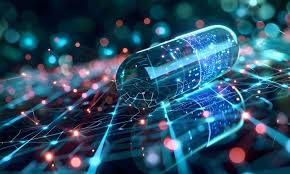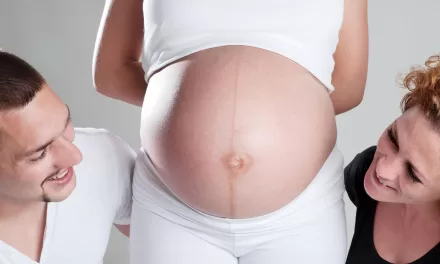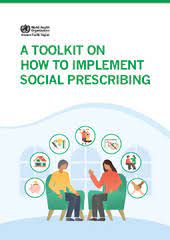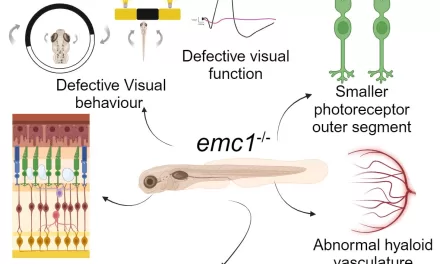Gurugram, July 24, 2024 — Juvenile Idiopathic Arthritis (JIA) is a chronic condition predominantly affecting girls, according to leading medical experts. They emphasize the necessity of early symptom recognition to manage and mitigate the impact of the disease effectively.
JIA is a persistent inflammatory joint disorder in children under 16, characterized by joint pain, swelling, stiffness, and inflammation. Despite its prevalence, the exact causes remain elusive, though a combination of genetic and environmental factors is suspected.
“While there is no definitive cause for JIA, it is widely accepted that genetic predisposition and environmental factors play a crucial role,” said Dr. Debashish Chanda, an Orthopaedics & Joint Replacement Specialist at CK Birla Hospital, Gurugram. “Girls are more frequently affected than boys, especially those with a family history of arthritis or autoimmune diseases. Additionally, certain bacterial or viral infections might trigger JIA in genetically susceptible children.”
Symptoms of JIA vary but often include joint discomfort, persistent pain, fever, rash, fatigue, loss of appetite, and morning stiffness. Unlike adult arthritis, which primarily results from joint cartilage degeneration, JIA is an autoimmune condition with systemic manifestations like fever and rash.
“JIA is the most common pediatric rheumatological disorder, affecting an estimated 350,000 to 1.3 million children in India,” stated Dr. Sanjeev Kapoor, Senior Consultant Rheumatology at the Indian Spinal Injuries Centre. “There are five types of JIA: systemic arthritis, which affects boys and girls equally; oligoarthritis and polyarthritis, more common in girls; enthesitis-related arthritis, mainly in boys older than eight years; and psoriatic arthritis.”
The disease can significantly impact a child’s growth and development if not properly managed. Early recognition of symptoms is essential for effective treatment and to prevent long-term damage.
“Early diagnosis is critical,” noted Dr. Kapoor. “Treatment aims to relieve pain, reduce inflammation, and enhance the quality of life. Common medications include nonsteroidal anti-inflammatory drugs (NSAIDs), disease-modifying antirheumatic drugs (DMARDs), and biological agents. These help manage symptoms and prevent joint damage.”
In addition to medication, physical therapy and regular exercise are vital to maintaining joint function and muscle strength. In severe cases, surgical intervention may be required to correct joint deformities or replace damaged joints.
The experts underline the importance of raising awareness about JIA, especially among parents and caregivers, to ensure timely medical intervention and support for affected children.












